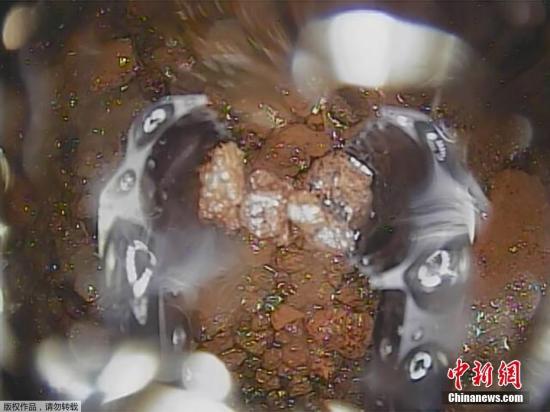China News Service, November 22. According to Kyodo News, the International Atomic Energy Agency (IAEA) and Japan’s Agency for Atomic Energy Regulations will prevent the melted nuclear fuel (fuel fragments) from the Tokyo Electric Power Company’s Fukushima Daiichi Nuclear Power Plant from being used for nuclear weapons. From the stage of experimental removal of a small amount of fuel debris, which is expected to begin in 2021, strict monitoring of operations will be implemented.
Data map: Japan’s Tokyo Electric Power Company released a picture showing that a clamped tubular device with a camera on the front "touched" the nuclear residue inside the Unit 2 of the Fukushima Daiichi Nuclear Power Plant.
According to reports, the two parties have been discussing the determination of the uranium and plutonium content in fuel fragments, and the mechanism for detecting violations (fuel fragments).
The fuel fragments of Units 1-3 where the core melted are estimated to be about 880 tons in total.
Tepco plans to expand the scale of operations after taking out a few grams of fuel debris from Unit 2 in 2021.
The IAEA had confirmed the fuel condition through its staff and surveillance cameras before the accident, but after the core melted into fuel fragments, the position and shape of the fuel changed dramatically, and the monitoring conditions have not yet been officially met.
According to reports, in addition to the installation of cameras and radiation detectors in facilities and transportation routes for handling fuel debris, the main method of monitoring is to use neutrons to detect uranium and plutonium content without destroying fuel debris.

